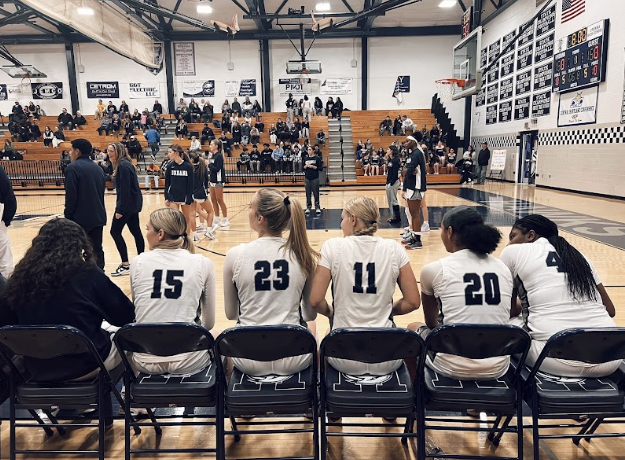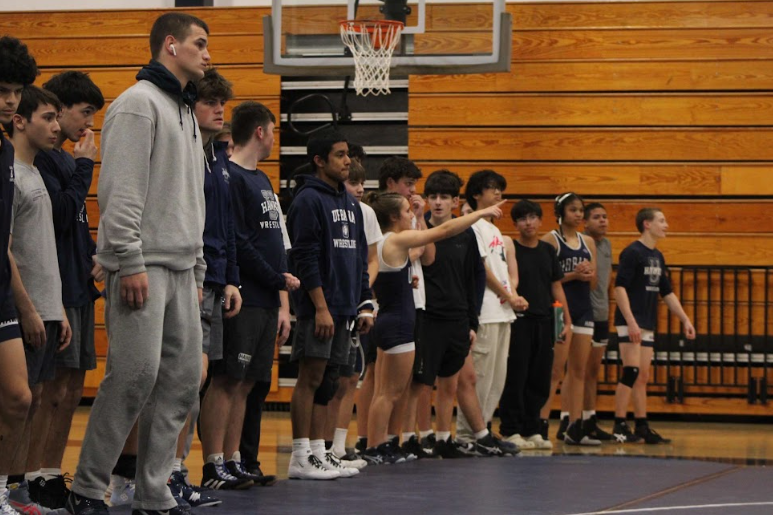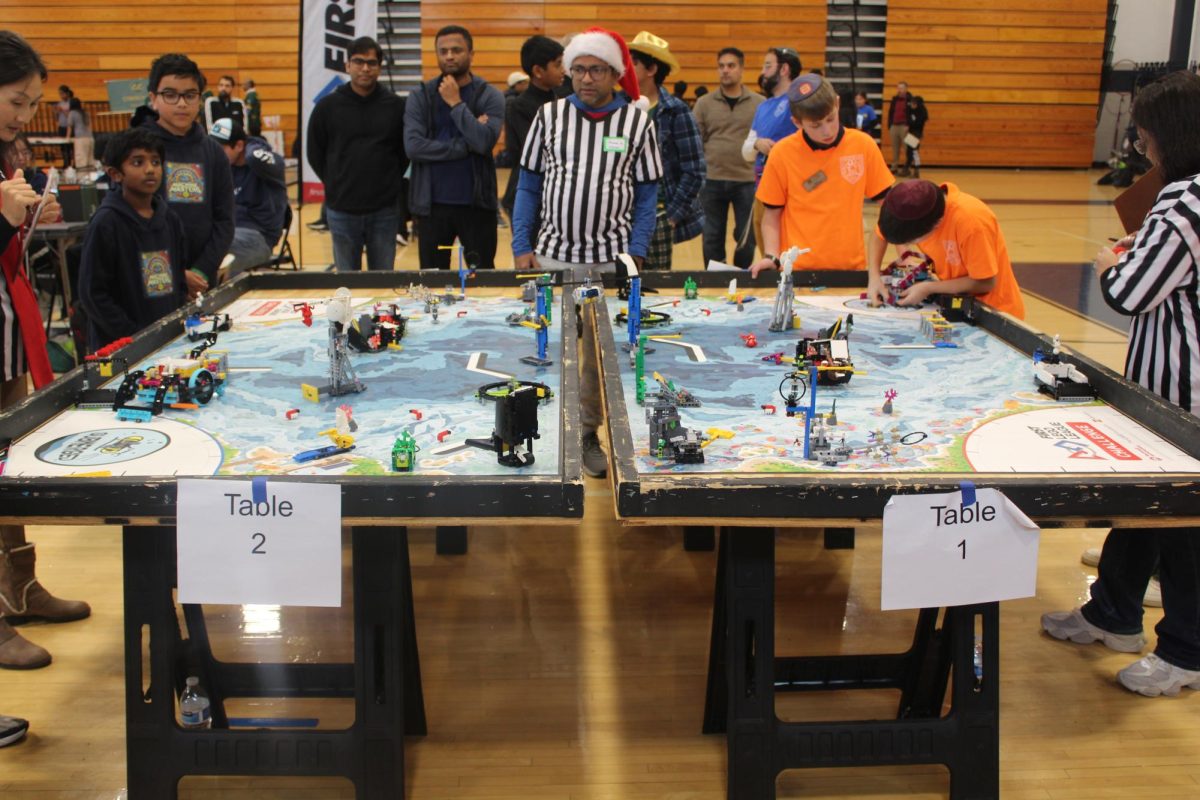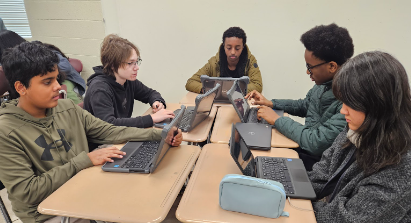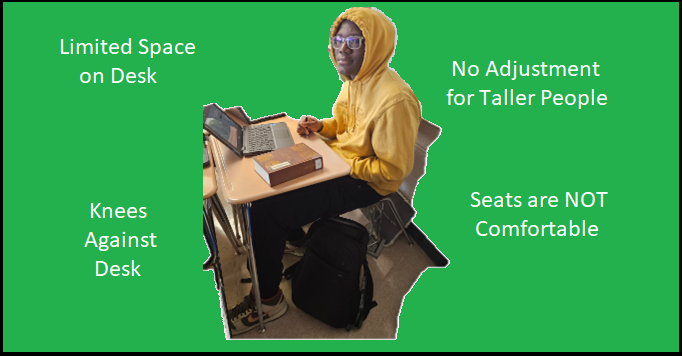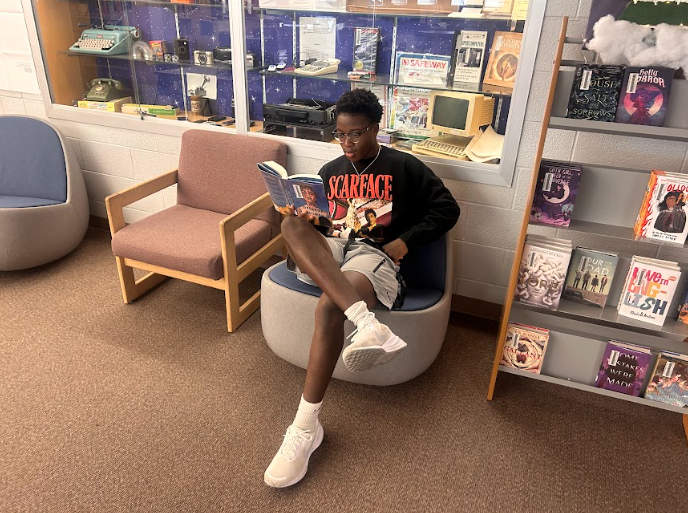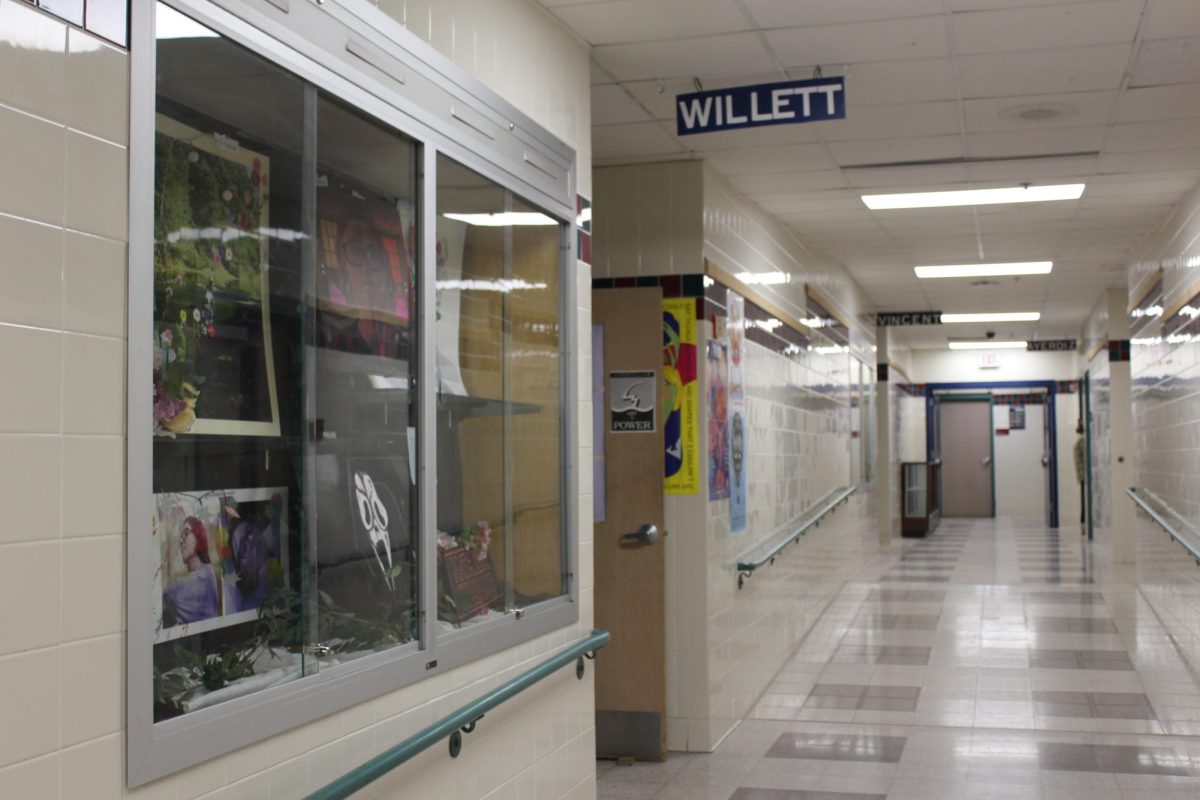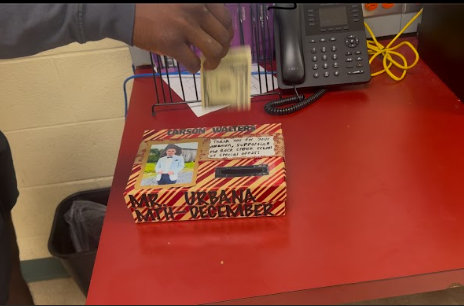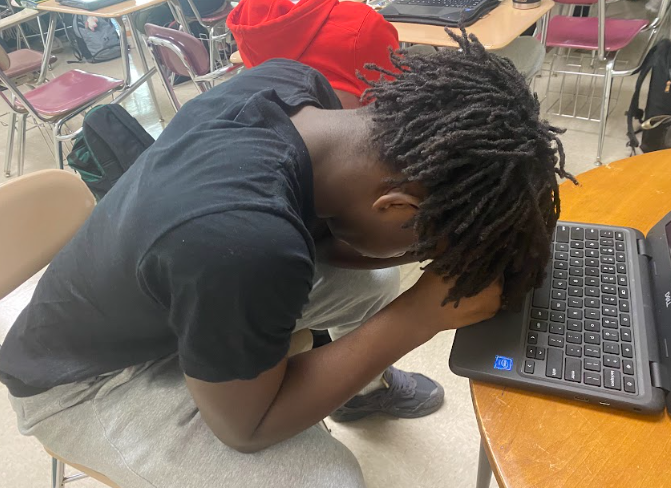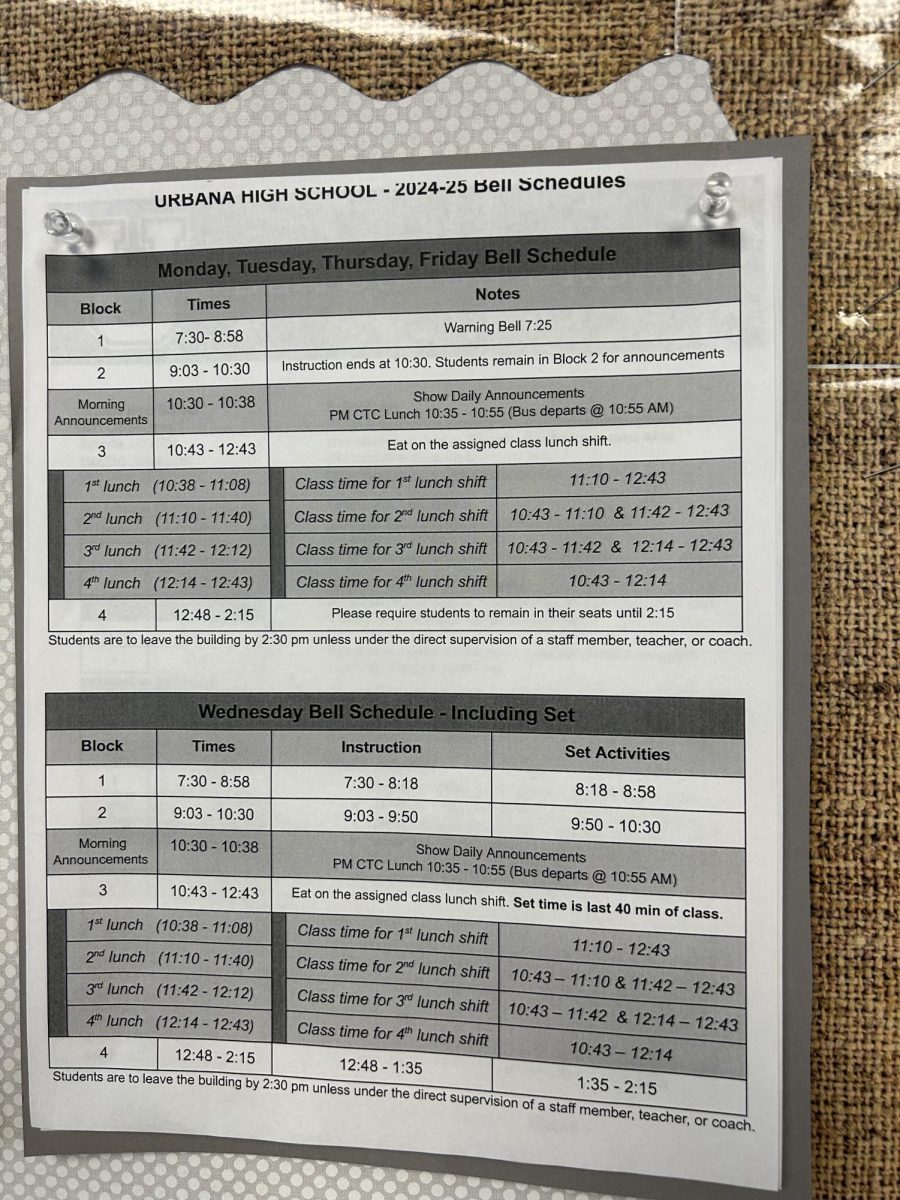Phones in the Classroom
Daryna, a sophomore at UHS, using her phone before class.
November 26, 2017
Phones are a part of students’ day-to-day lives. Students probably spend more time on their phones than with any person. At school phones have been integrated to be part of learning. Phones, however, have also detracted from the learning experience of school as well.
The Frederick County Public School (FCPS) system has a Bring Your Own Device policy (BYOD) that allows students to use their devices in school for learning purposes. This policy was created in hopes of “expand[ing] learning beyond the classroom” and “improve[ing] learning by seamlessly integrating technology use in schools,” according to the FCPS website.
According to Mr. Howard, a computer science and business teacher at Urbana High School, this is just what phones have done. “Phones are a resource and they have helped students stay organized,” said Howard. Phones have allowed students to bring their learning with them by having their resources in their pocket. Phones have also helped students be more organized with applications such as Google Classroom and Remind which allow students to keep track of their assignments.
Phones, like all things, create solutions but have also created problems. It is no secret that most students use their phones more for personal use than educational use at school. Although this can simply be a disregard for rules, it is actually hurting students in the process. Phones are a distraction that can take students’ attention away from a lecture or class work.
But why can’t students just put their phones away? Just like cracking your knuckles or twiddling with your hair, using your phone is a habit. Mrs. McCook, a science teacher at Urbana High School, said that “it’s a habit that [students] don’t realize.” Students use their phones one-third of the day, according to CommonSense Media. If we use our phones so often, it becomes strange to put them down or turn them off during class.
This problem, however, is relatively new. It’s new to teachers and many of them see it as an increasing problem. Mrs. McCook has taught for 32 years, and this is an alarming issue which is changing the way her classroom works. She believes that it is impossible to completely remove phones because they are vital in the classroom.
McCook believes that students need to make an independent decision when choosing not to use their phones. They should be “educated and reminded” about phone etiquette, said McCook. Through learning phone etiquette, she hopes students will be able to differentiate between the appropriate and inappropriate times to use their phones.
Mr. Howard also believes that phones can’t be stopped and should be integrated into the classroom. He believes students need a “rule that they can understand.” In his classroom he does this by taking away…(To read the rest of this story, pick up a copy of The Hawkeye from the newsstand near the front office or the media center)




